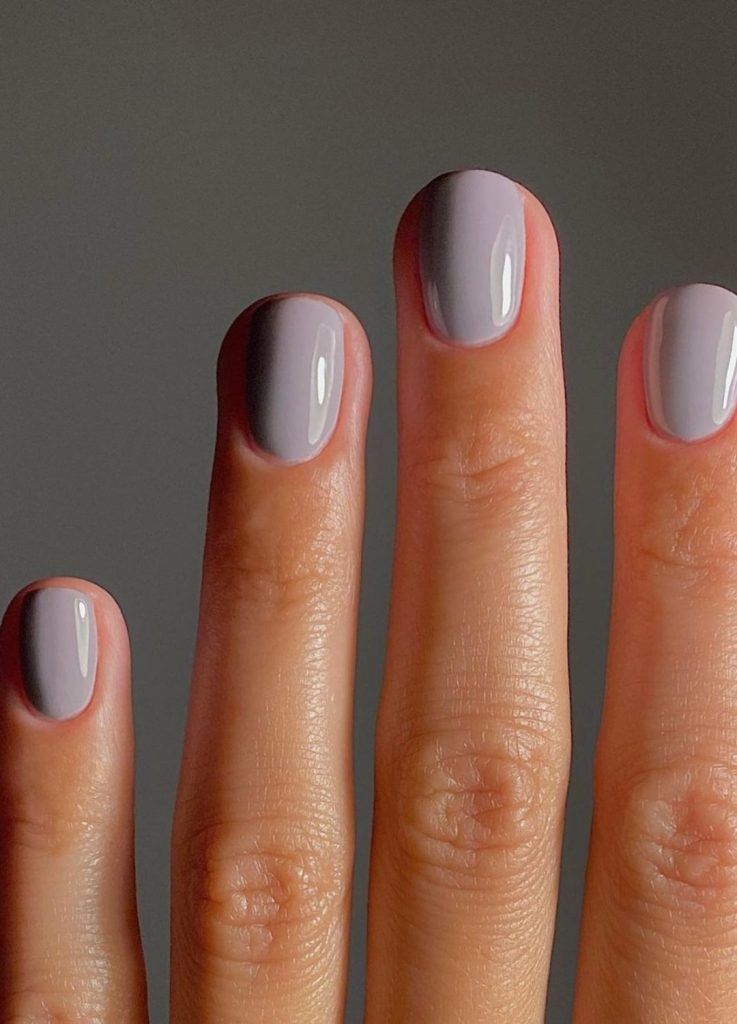Pastels are a popular choice for artists looking to create soft and delicate artwork. These chalk-like sticks come in a wide range of colors and can be used to produce stunning effects on paper. In this article, we will explore the world of pastels, including their history, types, and techniques for using them in your own artwork.
The History of Pastels
Pastels have been around for centuries, with some of the earliest examples dating back to the Renaissance period. They were popular among artists like Leonardo da Vinci and Edgar Degas, who used them to create beautiful portraits and landscapes. Pastels were originally made from powdered pigments mixed with a binder, such as gum arabic or gum tragacanth, and formed into sticks. Today, pastels are made with a combination of pigment, chalk, and a binder, which gives them their distinctive texture and color.
The Different Types of Pastels
There are several different types of pastels available on the market, each with its own unique properties. Soft pastels are the most common type and are easily blendable, making them perfect for creating smooth gradients and subtle transitions. Hard pastels, on the other hand, have a firmer texture and are great for adding fine details to your artwork. Oil pastels are another popular choice, as they have a creamy consistency that can be easily manipulated on the paper.
Techniques for Using Pastels
There are a variety of techniques you can use when working with pastels to achieve different effects in your artwork. One common technique is layering, where you build up layers of color on the paper to create depth and dimension. Another technique is blending, where you use your fingers or a blending tool to smooth out the transitions between colors. You can also use different types of paper to achieve different effects, such as textured paper for adding depth and detail to your artwork.
Benefits of Using Pastels
One of the main benefits of using pastels in your artwork is their vibrant colors and ability to create rich, textured effects. Pastels are also versatile and can be used on a variety of surfaces, from paper to canvas to wood. They are easy to transport and clean up, making them a convenient choice for artists on the go. Additionally, pastels are a great medium for beginners to experiment with, as they are forgiving and easy to work with.
Summary Lists
– History of Pastels
– Renaissance period
– Made from powdered pigments
– Different types of pastels
– Soft pastels, hard pastels, oil pastels
– Techniques for using pastels
– Layering, blending, paper choice
– Benefits of using pastels
– Vibrant colors, versatile, easy to transport
In conclusion, pastels are a versatile and vibrant medium that can be used to create stunning artwork. Whether you are a beginner or an experienced artist, pastels offer a wide range of possibilities for expressing your creativity. With their rich colors and blendable texture, pastels are a popular choice for artists looking to add a soft and delicate touch to their work. So why not give pastels a try in your next art project and see the beautiful effects you can create?
You can review our digital products by following us on Etsy.





